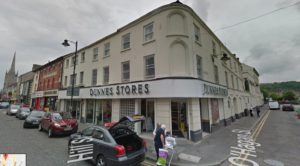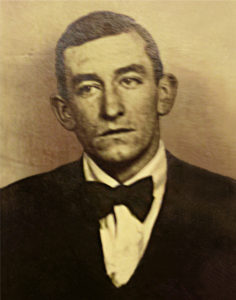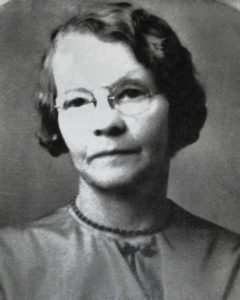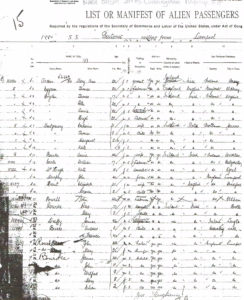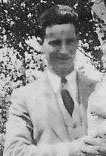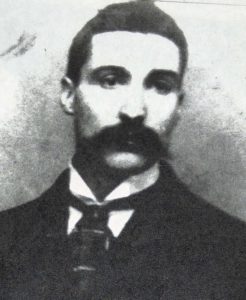
I have wanted to know the cause of my great grand uncle James O’Rourke’s death and to find out why he only lived to his mid-30s. I went online to General Register Office in Northern Ireland and did a search for James’ death certificate. I was unable to read the horrible handwriting on it, so I ordered a copy to be mailed to my home. Yesterday, after at least two weeks waiting, I received it in my mailbox. James died April 20, 1902 in the Kilkeel Workhouse. James’ cause of death as phthisis (a word I had to look up) or in other words, tuberculosis.
When I think about what happened to him, I’m deeply saddened. James died at the age of 36 in 1902 in Kilkeel, Ireland. He was in the prime of his life. He was married and had a young child — Mary Catherine O’Rourke. James also had a job in Liverpool, maybe not a very desirable job, but he was earning money and supporting his family. The family frequently came back to his home in Ireland to visit.
We know little about James’ life before he died. What we do know is this: He was born in Ballintur near Killowen in what is now Northern Ireland in 1864. His parents were James O’Rourke and Mary Hughes O’Rourke and he was the couple’s third child. Tragically their second child, Francis, died in infancy from cholera. James was named after his father and had three brothers growing up: my great grandfather John, who was older than he, and two younger brothers, Thomas and Francis.
James at some point — probably in the early 1890s — left Ireland for Liverpool because there was little work in Ireland outside of farming during the late 19th century and early 20th century. James married Rose Rogers, the sister of his elder brother’s wife. He worked on the docks in Liverpool as a coal porter, probably loading and unloading coal on the many ships that docked in England’s busiest port. James and Rose had two children, both girls, though one, Annie Josephine Ivy, died tragically when she was eleven months old in 1901.
Continue reading “James O’Rourke: A life cut short by a devastating disease”


